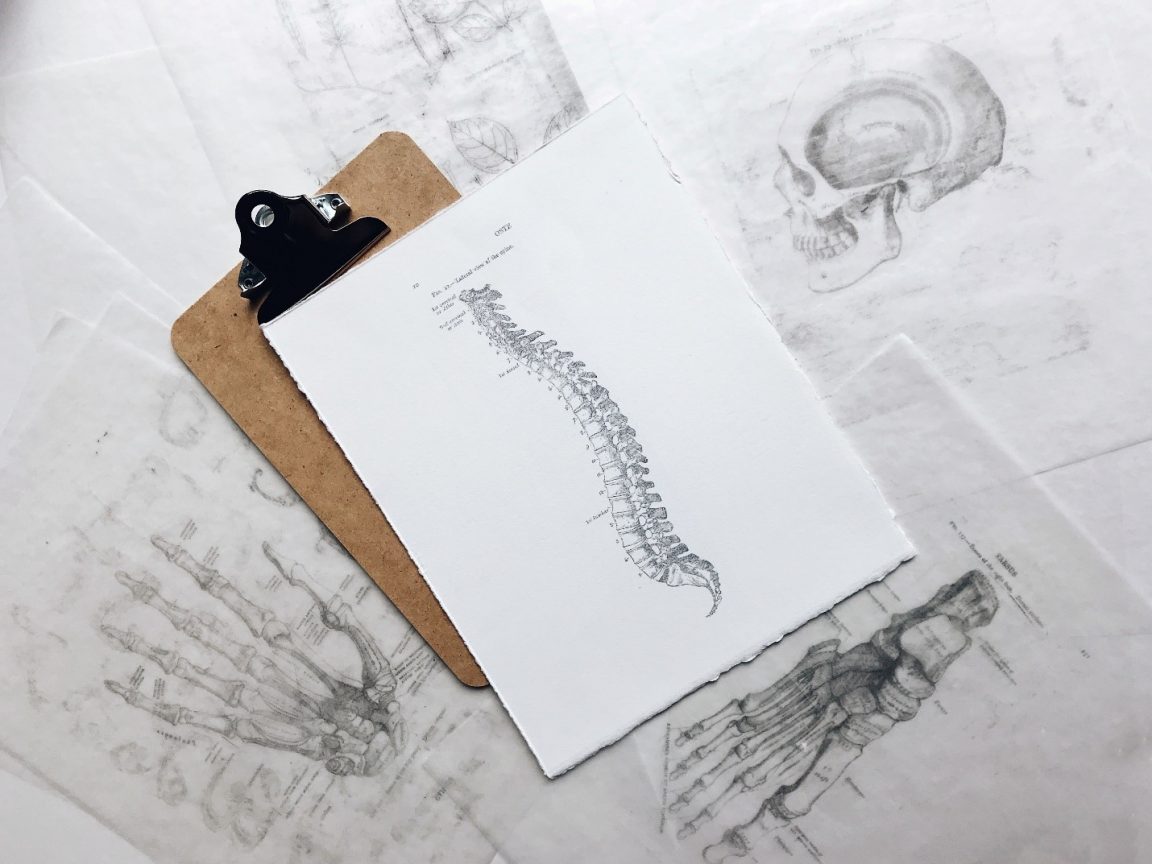People often don’t seek immediate medical attention after accidents because they feel fine. It’s only after some time they start to experience pain, especially in the neck and back. It’s because sometimes auto accident injuries surface after a while. They termed these delayed onset injuries.
Delayed onset injuries can be extremely painful and affect your mobility and overall quality of life. The worst thing about suffering a delayed onset injury is problems with the insurance company. Your insurance company will give it every shot to reduce your claim because you didn’t claim when the accident happened.
One of the most common types of delayed onset injuries is Loss of Motion Segment Integrity (LSMI). It’s an extremely difficult condition to diagnose and prove to the insurance company.
This blog will help you understand Loss of Motion Segment Integrity better. As well as, what you must do to have your insurance company cover the expenses of treatment.
What is Loss of Motion Segment Integrity (LMSI)?
Loss of Motion Segment Integrity is the most common and the most painful injury following auto accidents. According to research, 65% of people in car accidents suffer from this type of injury. What makes LSMI so serious is the fact that it often goes undiagnosed because there’s no physical evidence of this injury. Physicians typically shrug off complaining about neck and back pain after an accident. This often aggravates the condition over time when left untreated.
They characterize LSMI as a loss in the range of movement. In fact, the loss is beyond the normal limits in extension and flexion of two adjacent vertebrae. The condition poses a serious threat to the surrounding areas. Because they have to overextend and overexert to compensate for the lost range of motion. The most commonly impacted areas are the neck and lower back. The rib cage protects the middle neck. Allowing it to not affect the middle section of the vertebral column as often.
If the condition isn’t diagnosed and treated on time, it can result in lifelong, permanent impairment and an overall reduction in the person’s health, well-being, and quality of life.
To give you an idea of how painful LSMI can be, chiropractors categorize it as a Level IV injury (which is very painful). Physicians compare LSMI to disc, and ligament injuries, which many people know are the most painful. Some even say that the pain in LSMI is comparable to 50% of the pain of a vertebral compression fracture. In short, if you have Loss of Motion Segment Integrity, you’ll be restricted to bed mostly and won’t be able to move around or do much work.
Why is it So Difficult to Diagnose LSMI?
What is it about LSMI that makes it so difficult to diagnose? Why does it usually go undiagnosed or misdiagnosed? The first reason it’s so difficult for physicians to diagnose LSMI is that humans can’t detect it. In about 45%, the condition is missed by the physician.
Another common reason why this condition goes undiagnosed is that there are no symptoms initially, and patients don’t seek medical attention. When they do start to experience signs, they shrug them off as simply the aftermath of a traumatic accident. Patients experience sprain-like pain, which they don’t take seriously. The symptoms of LSMI are often delayed. Hence there’s always a delay in diagnosis, which is what makes the condition so severe. When patients go to see a physician, the most common initial diagnosis is a soft tissue injury.
How is Loss of Motion Segment Integrity Diagnosed?
One of the most pressing questions is how LSMI is diagnosed. LSMI can’t be diagnosed through regular or routine techniques. There’s no way a physical clinical examination can help a physician in a diagnosis. The only way to determine if the patient is suffering from LSMI is through radiographic flexion extension, known as the digital motion x-ray (DMX). It includes static x-rays of flexion and extension of the cervical spine. It’s more like a moving x-ray to measure the range of motion to accuracy within 0.01 degrees and 0.01 mm.
Loss of Motion Segment Integrity and Insurance Claims
Insurance companies hate to receive a confirmed diagnosis of LSMI. Insurance companies often offer compensation for soft tissue injuries. Which is way less than what LSMI treatment will cost you when you don’t have a confirmed diagnosis. But when you’ve got a confirmed diagnosis, there’s nothing the insurance company can do. As they know there is no chance of misdiagnosis once diagnosed. Because they use extremely specific methods to diagnose LSMI with high accuracy. While the chances of LSMI going undiagnosed are high, a confirmed diagnosis of LSMI rarely gets reversed.
After an accident, you should get yourself checked for LSMI. Because the majority of people involved in serious accidents present with symptoms. Often this indicates they may have LSMI.
What Should You Do?
If you suspect you’ve got LSMI, you should immediately get in touch with a personal injury lawyer to start the process of filing for compensation with the insurance company. The fight to receive the compensation you deserve will be long because of the obvious reluctance of your insurer to cover the expenses of LSMI treatment. But a personal injury lawyer would know how to deal with your insurer.
If the accident that caused LSMI was a result of someone else’s mistake, you could also get in touch with an auto accident lawyer. In this case, your compensation will be much higher because you’ve got to suffer serious long-term consequences for something that wasn’t your fault.
Remember that no matter how much you pay your insurance company in premiums for your health insurance, they’ll try to find any excuse to lower your claim. The chances of that happening in LSMI cases are very high. Only a reliable personal injury lawyer can help you get what you deserve.
Read more about personal injury law on our legal blog, Spirit One.


